 | ||
The Chicago Imagists are a group of representational artists associated with the School of the Art Institute of Chicago who exhibited at the Hyde Park Art Center in the late 1960s.
Contents
- The Monster Roster
- The Hairy Who
- The Chicago Imagists
- Distinction between Chicago Imagism and New York Pop Art
- Other artists
- Legacy
- References
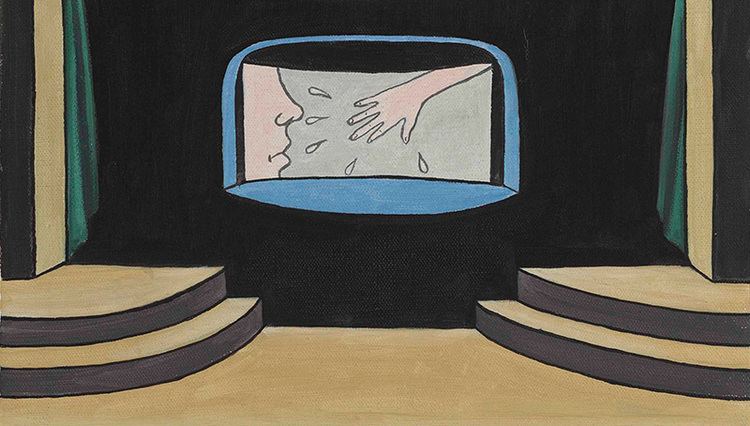
Their work was known for grotesquerie, surrealism and complete uninvolvement with New York art world trends. Critic Ken Johnson referred to Chicago Imagism as "the postwar tradition of fantasy-based art making." Senior Chicago magazine editor Christine Newman said, "Even with the Beatles and the Vietnam War in the forefront, the artists made their own way, staking out their time, their place, and their work as an unforgettable happening in art history." The Imagists had an unusually high proportion of female artists.
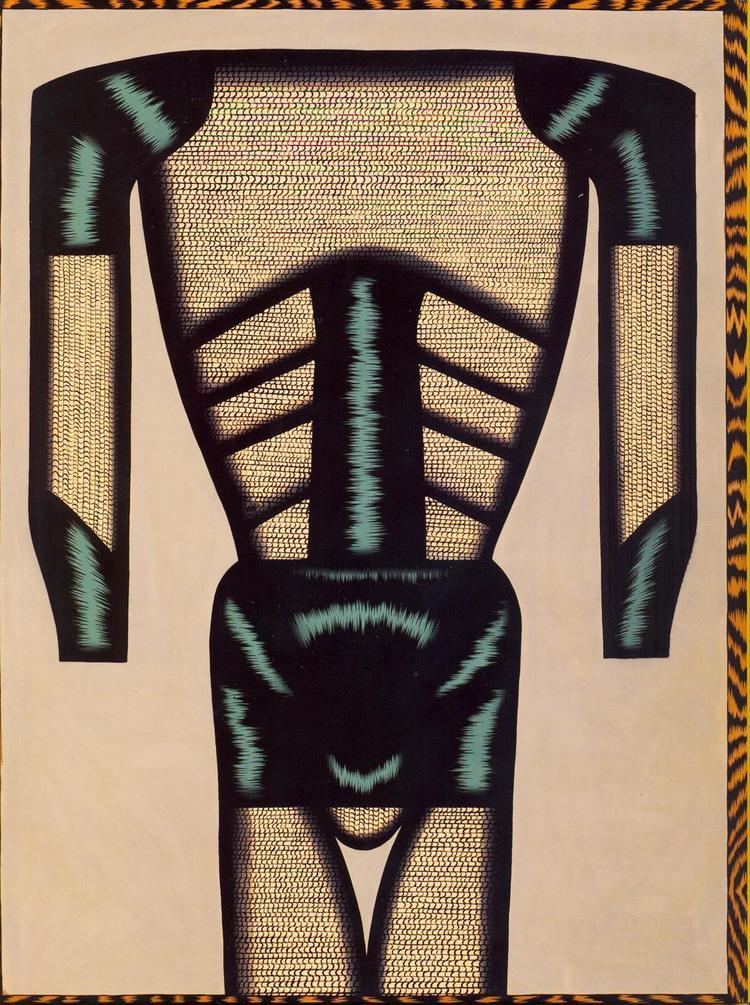
There are three distinct groups which outside of Chicago are indiscriminately bundled together as Imagists: The Monster Roster, The Hairy Who, and The Chicago Imagists.
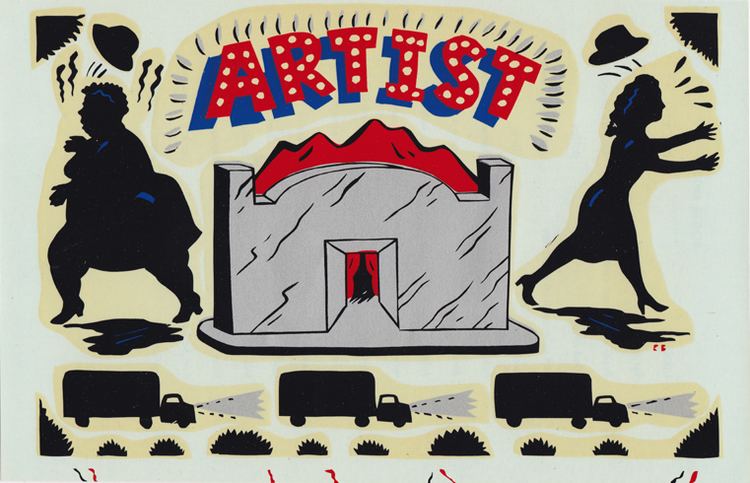
The Monster Roster
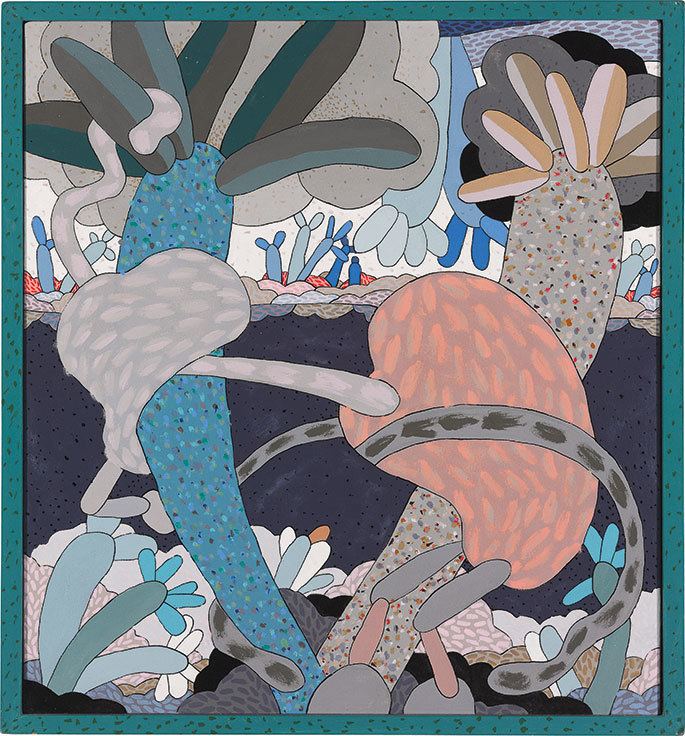
The Monster Roster was a group of Chicago artists, several of whom served in World War II and were able to go to art school thanks to the G.I. Bill. They were given their name in 1959 by critic Franz Schulze, based on their existential, sometimes gruesome, semi-mystical figurative work. Many of them were mentored by Vera Berdich, an influential surrealist printmaker who taught at the School of the Art Institute of Chicago. The Monster Roster included:
The Hairy Who
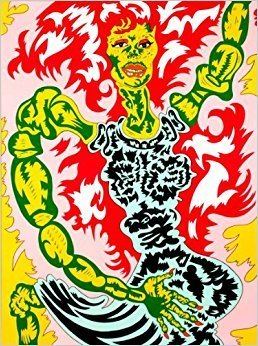
Many of the later Chicago Imagists were mentored by School of the Art Institute teacher and artist Ray Yoshida and art history professor Whitney Halstead.
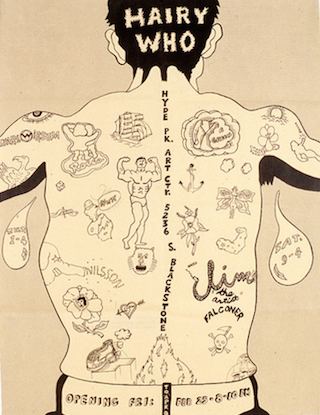
In 1964, Jim Nutt and Gladys Nilsson began to teach children's classes at the Hyde Park Art Center in Chicago. They and James Falconer approached the center's exhibitions director, Don Baum, with the idea of a group show consisting of the three of them and Art Green and Suellen Rocca. Baum agreed, and also suggested they include Karl Wirsum.
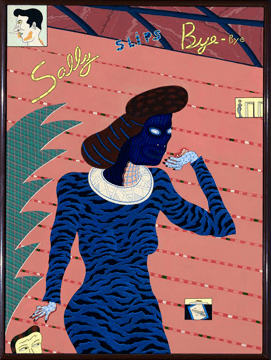
The six artists held exhibitions at the Hyde Park Art Center in 1966, 1967, and 1968. They named the exhibitions "Hairy Who?" but never intended to organize themselves together as a unified group. The naming of the exhibition was explained in an interview conducted by Dan Nadel with artist Jim Nutt:
"At the time art show names were very cool, the less they said about the work the cooler (better). There had been a number of shows at MoMA… titled “Sixteen Americans” or “Thirteen Americans”... All of us were determined not to emulate such suave coolness, but didn’t have a clue what would work. At our first get-together to discuss the show we were getting nowhere with this problem. This was also our first exposure to Karl in the flesh for the five of us. As frustration mounted from not solving the dilemma, group discussion disintegrated into smaller units, when Karl was heard saying plaintively, “Harry who? Who is this guy?” At which point some of us were hysterically incredulous that he didn’t know about Harry Bouras, the exceptionally self-important artist who was the art critic for WFMT, the cultural FM station in Chicago. All of us found this very funny, including Karl, and as we bantered about variations of the situation, we realized the potential for the name, especially if we changed Harry to Hairy."
The Hairy Who included:
The Chicago Imagists
The Imagists were not a formal group, but rather a description of artists involved in shows curated by Baum in the mid-1960s and early 1970s. Several other artists, including Roger Brown, Ed Paschke, Barbara Rossi and Phil Hanson, are often incorrectly associated with the Hairy Who exhibitions, when in fact they showed at the Hyde Park Art Center between 1968-1971 in several other shows, such as "Non-Plussed Some", "False Image", "Chicago Antigua" and "Marriage Chicago Style". In addition to the Hairy Who, they included:
In 1969 the Museum of Contemporary Art, Chicago exhibited many Imagists, including Yoshida, in a show entitled "Don Baum Sez 'Chicago Needs Famous Artists'".
Distinction between Chicago Imagism and New York Pop Art
Chicago private art dealer Karen Lennox said, "The Hairy Who sourced surrealism, Art Brut, and the comics. Pop art sourced the world of commercial advertising and popular illustration. One was very personal, the other anti-personal."
Other artists
Outside of Chicago, any Chicago artist whose work is figurative and quirky is often called an Imagist. Chicago artists who paint strange and figurative works, but are not Imagists, include:
Legacy
The legacy of The Chicago Imagists is notably explored in Pentimenti Production's film, Hairy Who and the Chicago Imagists, directed by Chicago Filmmaker Leslie Buchbinder.
